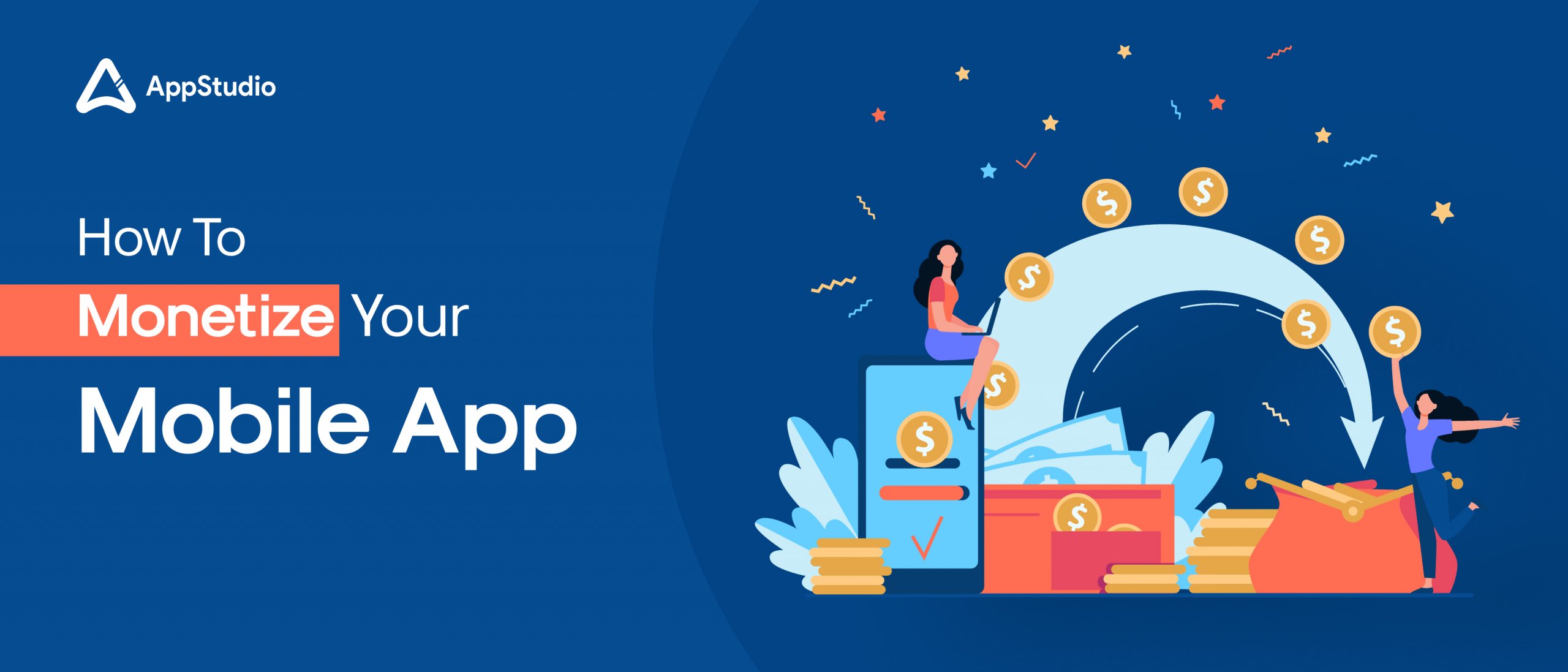Did you know that in the 12 months of 2022, Apple paid a record $1.1 trillion to App Store developers, which includes all billing and sales related to iOS applications worldwide?
Interestingly, 90% of this amount was paid directly to the developers, with no commission paid to Apple. With a 29% annual growth rate, App Store developers are making a killing, as more than 4.8 million jobs are being generated via this iOS app economy in US and Europe.
With an estimated 1 billion iPhone users in the world, we must tell that, this is just the beginning.
And the same story goes for Android apps on Google Play Store as well, although the numbers are a bit less, compared to Apple’s app ecosystem: In 2016, Google revealed that they generated $31 billion in revenue and $22 billion in profit from Google Play Store, and they make 30% from every sale generated on their platform.
You can do the rest of the maths, considering that there are 3 billion Android users across 190 countries!
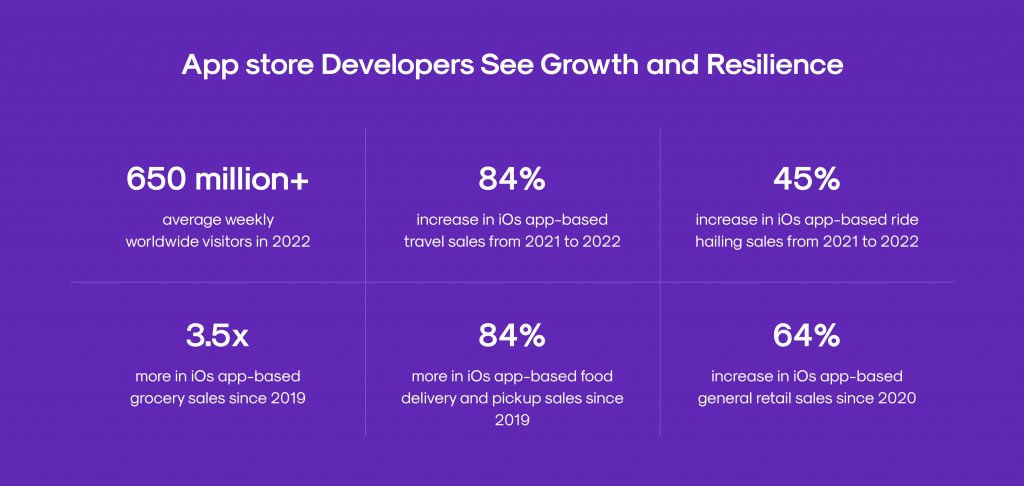
The art of generating money from mobile applications is indeed fascinating, and quite intriguing since mobile app development companies are enabling digital entrepreneurs and developers with interesting ideas and execution to earn millions from Apple and Google, often on auto-pilot mode.
If you are keen to understand the logic and the science behind app monetization, then this blog is meant for you.
Without much ado, let’s get into this…
What is App Monetization?
In layman’s terms, App monetization is described as the process of generating revenue from mobile applications.
It involves implementing various strategies and techniques to convert the value created by an app into financial returns. App developers and publishers employ different monetization models and methods to earn revenue from their apps, ensuring that the time, effort, and resources invested in app development are financially rewarded.
Benefits Of App Monetization:
Revenue Generation: Monetizing apps allow developers to earn a financial return on their investment.
Maximizing ROI: App monetization helps developers maximize the return on their time, resources, and expertise.
Scaling and Growth: Monetization creates opportunities for scaling the app and fueling growth.
Enhanced User Experience: Thoughtful monetization strategies can enhance the user experience by offering value-added features or content.
Competitive Advantage: Effective monetization gives developers a competitive edge in the crowded app market.
Long-term Sustainability: Monetization ensures the app’s long-term sustainability by generating consistent revenue for ongoing support and updates.
Best Strategies For App Monetization
Now, let’s get to the core of this blog… The strategies that can help you to monetize your mobile apps, and generate maximum income.
But before we start, please note, that these rock solid app strategies are not one-size-fits-all, but rather a guide, or a blueprint, which needs to be tweaked as per your niche and market.
Understand your audience, feel the pulse of their needs, research your market and then deploy these strategies, as and when needed.
So, let’s start!
Strategy #1: In-App Advertisement
Undoubtedly, one of the most popular strategies for generating income from mobile apps.
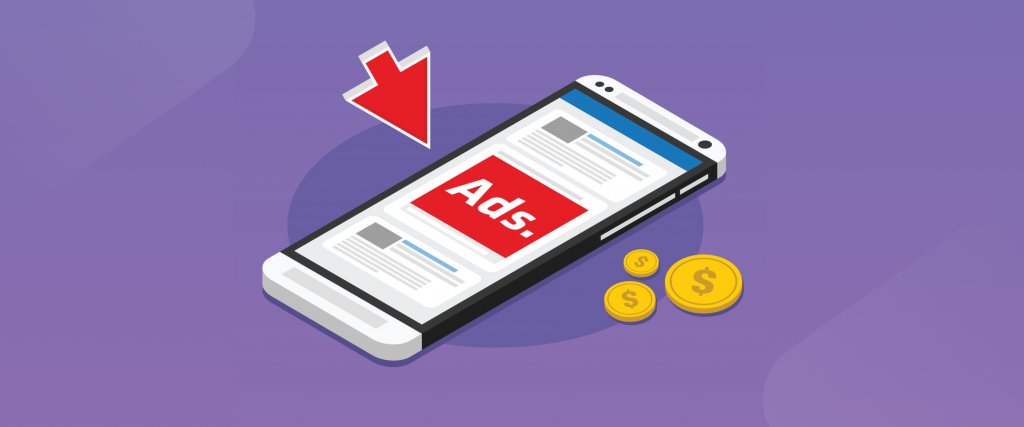
In-app advertising enables businesses to monetize their mobile apps by placing ads within the app, benefiting from user engagement and generating revenue.
It includes:
Banner Ads: Non-distracting motion graphics or static ads that blend with the app’s content.
Interstitials: Ads displayed between stories or pages to capture user attention.
Native Ads: Seamlessly integrated ads that match the app’s content, enhancing the user experience.
Video Ads: Engaging video ads designed to quickly grab users’ attention within the app.
Apps with a consistent flow of users can deploy this strategy for maximum revenues.
Strategy #2: Freemium Model
The freemium model is deployed when businesses offer a free version of the app with limited features or content while providing the option for users to upgrade to a paid version or make in-app purchases to unlock additional features or premium content.
If the product is right, there is a loyal community of users and user experience is close to being addictive, then the freemium model works wonders.
Strategy #3: In-App Purchases
In this strategy, users are provided an option to make purchases within the app, such as buying virtual goods, extra levels, premium content, or unlocking additional functionality. This can include one-time purchases or recurring subscriptions.
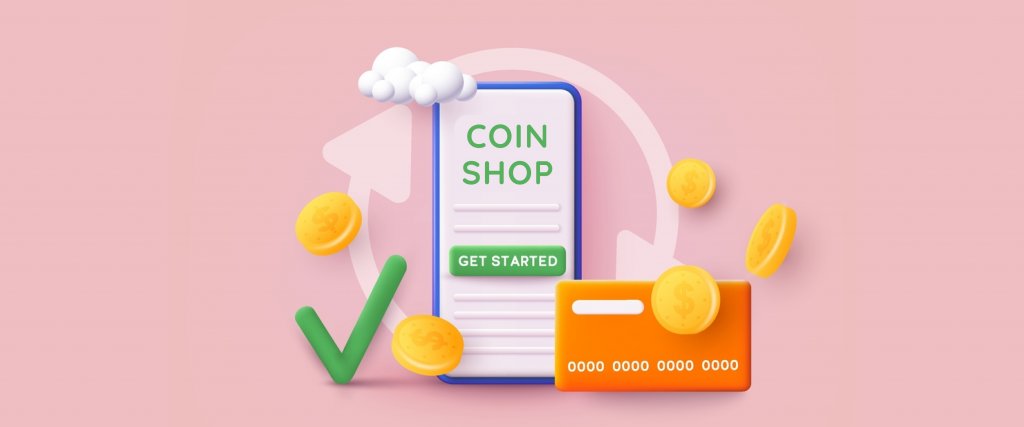
Works pretty well with gaming and dating related applications.
Strategy #4: Subscriptions
In this model, businesses offer users the option to pay a recurring fee to access the app’s content or services regularly. Subscriptions can provide access to exclusive features, content, or benefits.
For news-related mobile apps, this can be a game changer.
Strategy #5: Sponsorships and Partnerships
This model includes collaborating with brands or businesses to offer sponsored content, product placements, or partnerships that align with the app’s target audience and provide additional revenue streams.
For example, lifestyle and fashion-related apps.
Strategy #6: In-App Currency or Rewards
Businesses can introduce a virtual currency or rewards system within the app, where users can earn or purchase virtual currency to unlock special features, content, or rewards.
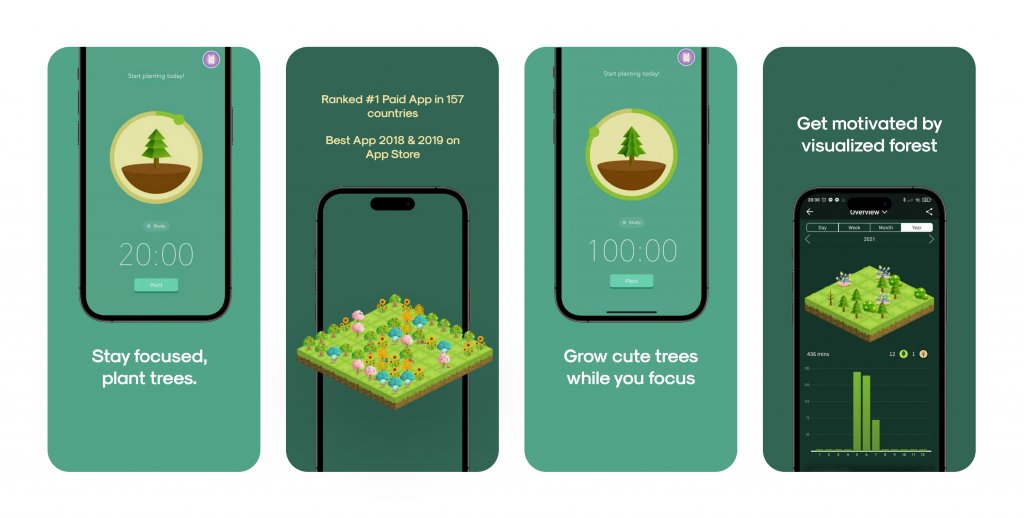
This encourages users to engage more within the app and spend money to enhance their experience. Gaming-related apps can deploy this strategy.
Strategy #7: Licensing and White Labeling
When you license the app’s technology or offer white-label versions of the app to other businesses or developers for a fee, enabling them to use the app’s capabilities or branding in their products, it comes under Licensing and White Labeling strategy.
SaaS products deploy this strategy for maximum revenues.
How To Ensure Maximum Revenues From Mobile App?
Now, you know the strategies, that can be tweaked and molded as per the audience, and the market, for generating money from your mobile app.
But, how to ensure maximum profits, maximum engagement, and a consistent flow of revenues via app monetization?
The answer is to prioritize User Experience or UX and ensure that every moment spent by the user on your mobile app is delightful.
Here are some of the suggestions for improving the user experience of the mobile app, while monetizing it:
Implement Non-Intrusive Ads
Ensure that ads are relevant to the app’s content and are displayed in a manner that does not hinder user experience. Consider integrating native ads that blend seamlessly with the app’s design.
Optimize App Performance
Slow-loading apps or those with frequent crashes frustrate users and drive them away. Invest in thorough testing and optimization to ensure smooth performance across various devices and operating systems.
Streamline In-App Purchases
Make the purchasing process simple and user-friendly. Minimize the number of steps required to complete a purchase and provide clear pricing information.
Personalization
Utilize user data to deliver personalized experiences and offers. Tailoring content and recommendations based on user preferences can boost engagement and drive revenue.
Can Analytics Help In Increasing Revenues From Mobile Apps?
Yes, definitely!
Data-driven insights play a crucial role in monetizing mobile apps effectively. By leveraging analytics, developers can gain a deeper understanding of user behavior, preferences, and patterns, which can inform monetization strategies.
Key steps to leverage analytics include:
User Behavior Analysis
Analytics allows app developers to understand user behavior patterns, such as user engagement, session length, and feature usage. By analyzing this data, developers can identify areas for improvement, optimize user experience, and tailor monetization strategies accordingly.
A/B Testing
Not only mobile apps, but also website developement services always suggest deploying Analytics.
Why?
Because analytics enables A/B testing, where developers can experiment with different monetization strategies, ad placements, pricing structures, or user flows. By comparing the performance and user response to different variants, developers can make data-backed decisions to maximize revenue.
Conversion Tracking
Analytics helps track conversion rates for in-app purchases, subscriptions, or ad clicks. This data allows developers to identify bottlenecks in the conversion process and optimize it to increase revenue generation.
User Segmentation
Analytics allows for the segmentation of users based on demographics, behavior, or engagement levels. This segmentation helps mobile app development companies and website developement company to understand the preferences and needs of different user groups, enabling targeted monetization approaches that resonate with specific segments.
Ad Performance Optimization
Analytics provides insights into the performance of different ad formats, placements, or networks. By analyzing metrics like click-through rates, viewability, or user engagement, developers can optimize ad placements and partner with networks that deliver the best results, leading to increased ad revenue.
And we have barely scratched the surface here!
There are tons of ideas, plans, strategies, and execution plans, that can ensure an avalanche of revenues and profits from your mobile application, depending on the niche, audience, and consumer behavior.
Connect with our App Monetization Strategists from AppStudio, one of the leading mobile app development companies, and find out more information about generating consistent and long-term income from mobile apps.. Schedule a consulting session right now!
